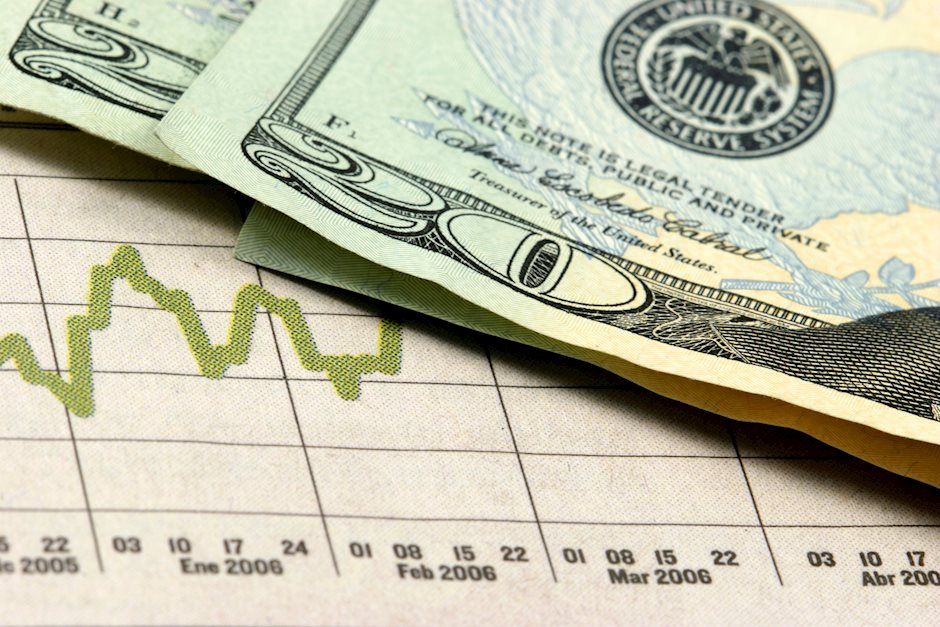USD Resumes Slide But Brexit is the Only Show in Town

After the big moves in FX last week, it has been a relatively quiet day for currencies.The US dollar resumed its slide, trading lower across the board against everything except for sterling. Brexit is the only show in town and unfortunately there are more questions than answers on the terms of the UK's divorce from the European Union. The EU says the divorce deal is not open for renegotiation so the UK needs to accept the current Withdrawal Agreement by April 12th or make the choice between a much longer extension or leave with no deal at all. Prime Minister May admitted today that she does not have the votes to hold a meaningful vote and with a rumored coup happening in her own party, she could be ousted before the end of the week. Sterling is responding to every new headline and while is still manages to hold near its year to date highs, there is serious risk to the downside. Right now investors are operating on the assumption that May will be ousted or Parliament will arrest control of the Brexit process and return to the EU with a request for a very long delay that will bring near term relief to GBP.
As for the US dollar, our readers should not find the continued sell-off in the greenback much of a surprise given how we stressed the significance of the Federal Reserve's decision to slash their interest rate forecast to zero this year. However, with no US data released today, it was the breakdown in US yields and the inversion of the yield curve that renewed the greenback's slide. Ten year Treasury yields fell below 2.4% for the first time since December 2017 with the longer term rate plunging below the shorter term 3 month rate. When an inversion like this happens, it is a strong warning that a recession could be coming. The last time this happened was in 2007. While high beta currencies like euro and the Australian dollar rebounded today, if stocks continue to fall, it will be difficult for them to hold onto their gains.
The main reason why the euro is starting the week back above 1.13 is because despite the sharp contraction in German manufacturing activity, German business confidence improved in March. For the first time in 7 months, German businesses are more optimistic about the outlook for the Eurozone economy. While the European Central Bank doesn't share their views, it's a glimmer of hope for EUR/USD traders who have not found one reason to buy the currency until now. It is far too early to declare a victory especially ahead of ECB President Draghi's speech on Wednesday. Two policy makers spoke today and neither sounded overly optimistic - ECB member Hansson said the euro area slowdown may continue in the medium term and QE could be restarted in the event of a major shock. ECB member Coeure said the central bank is not "at the limit of what we can do.
The Australian and New Zealand dollars also traded higher as gold prices move upwards. There are also reports from China that a trade deal could be reached in the third or fourth week of May. This is an important week for the New Zealand dollar but before the Reserve Bank of New Zealand's monetary policy announcement is made, we get the latest look at the country's trade activity. Last month, the country reported its largest trade deficit in over 12 years so a narrower balance is expected even though the PMIs point to ongoing weakness in the manufacturing sector.
Author

Kathy Lien
BKTraders and Prop Traders Edge

















